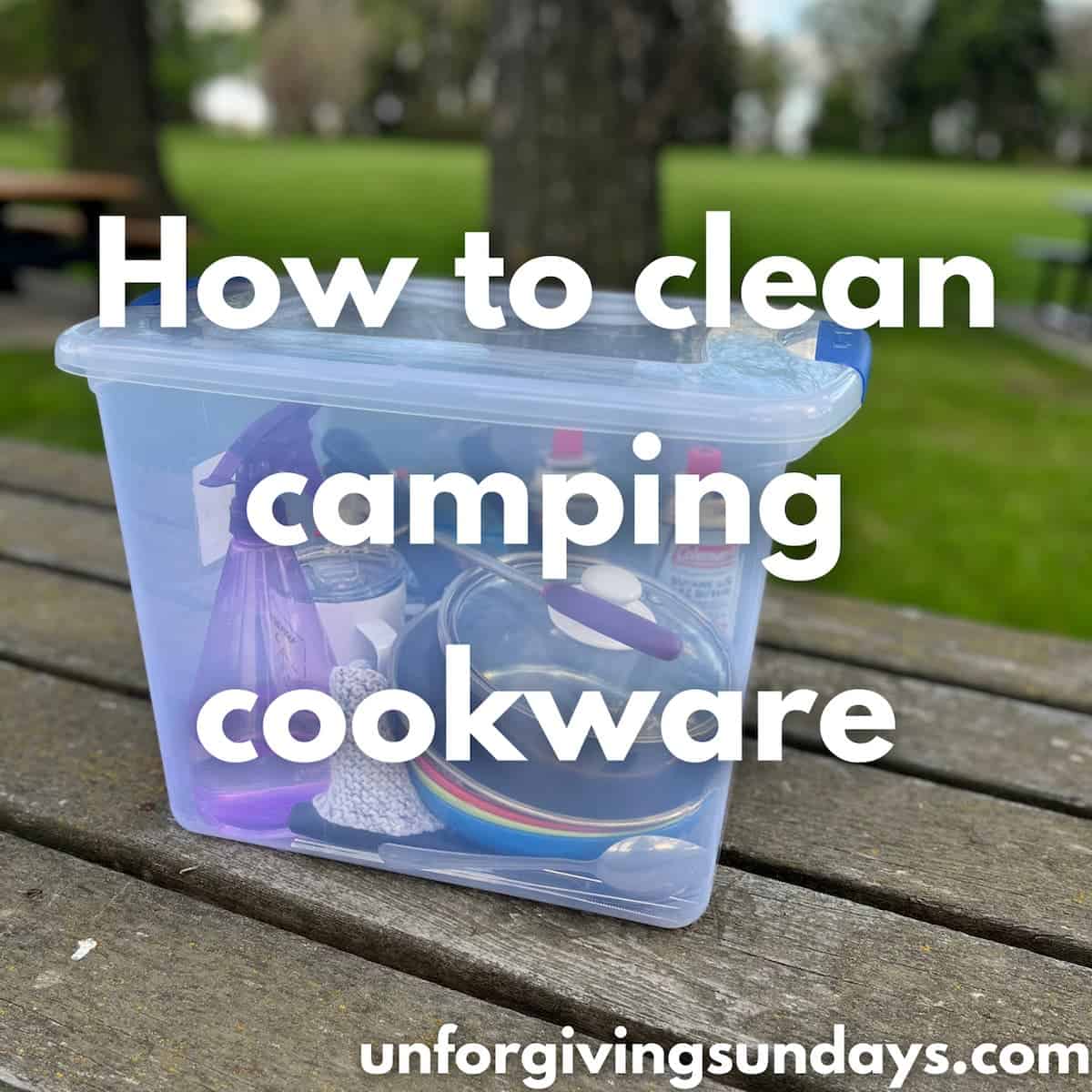It’s key to stay hydrated while hiking but it isn’t always practical to carry all your water with you, so you might need to look for other sources along the journey. However, drinking untreated water can make you sick. This water could contain giardia, E. coli, cryptosporidium, etc., which means you could be in a… crappy… situation. Here are some different methods to purify water in the wild.

Ways of purifying water
It is important to note that you should be treating any water that you plan to use for drinking, cooking, washing dishes, or brushing your teeth.
Boiling
- If the water you’ve collected is cloudy, let it settle and filter it through a cloth.
- Bring the water to a rolling boil (vigorously bubbling) for at least 3 minutes.
- Let the water cool before using it.
Boiling water is really effective at killing viruses, bacteria, and protozoa, and is great because it doesn’t require chemicals to do so. But it is inconvenient in the sense that you’ll need to build a fire, have a vessel to boil the water in, and then wait for the water to cool down.
Water filters
There are many different kinds of water filters:
Straw filters. A straw filter allows the users to drink directly from a water source. The water passes through a filter as you suck it through the straw. These are really convenient because they are easy to carry, but they need to be replaced and may require occasional maintenance.
Squeeze filters. Squeeze filters are very similar to straw filters, except that you would attach them to a disposable water bottle or packable reservoir, and then squeeze the water through the filter and into your mouth. These also require occasional maintenance.
Pump filters. In this case, you’ll have an inlet hose that will allow you to pump water through a filter and out another hose to you water bottle. Pump filters are nice for bigger groups or for use in shallow water, but are bulky and you’ll need to clean the element after use.
Gravity filters. A gravity filter consists of a reservoir and an inline filter that empties through a hose that you can use to fill your water bottle. Similar to a pump, these are bulky and require cleaning, but in this case, gravity does the work for you. These are great for large groups.
Regardless of the filter you choose, you need to read the label to know what it can actually filter out. Viruses are much smaller than bacteria and protozoa, and might not be captured depending on the filter. If that is the case, you might need to include a secondary method, like a chemical, to really purify your water.
Chemical purification
You can purify water using chemicals like chlorine (bleach) or iodine. While these chemicals will kill bacteria and viruses, they might not kill protozoa (like cryptosporidium) and so are best used in tandem with a water filter.
Chlorine. If you are using bleach to purify clear water, you want to add two drops per litre and let it stand for 30 minutes. The water should smell slightly of chlorine; if it doesn’t, you can add two more drops. If you want to purify cloudy water, you should add four drops instead.
Iodine. For warm water, you should add five drops per litre and let stand for 30 minutes. For cool water, you should still add five drops per litre, but let it stand for 40 minutes instead. If the water is cloudy, add ten drops and let it stand for 30 or 40 minutes, depending on the water temperature. Iodine is not safe if you are pregnant or having thyroid issues.
Water purification tablets. These are a good choice if you are looking for something that is easy to carry. You can purchase these at your local sporting goods store. Follow the directions on the label.
Ultraviolet purification
These portable purifiers use ultraviolet (UV) rays to destroy viruses, bacteria, and protozoa. All you need to do is dip it into your water bottle and let it do its thing. These are compact and easy to use (once you’ve read the instructions and practiced a home) but they require batteries and might not work as effectively in the cold.
How to choose a good water source
Good: Look for clear, flowing water. Water will generally be better as the elevation increases. The micro-organisms in shady, cool water are going to grow slower.
Bad: Dirty, stagnant water is going to have more micro-organisms and will be harder to filter. Water near animal trails or grazing areas is more likely to be contaminated with fecal matter; water near roads or settlements are more likely to be contaminated with pollutants. Avoid water that is foamy or smells like chemicals. Lowland areas will be more prone to run-off.
More water purification tips
- No water purification method is 100% effective and so you might want to consider using a secondary method.
- You’ll have an easier time if you filter out large debris first. You can do this by running the water through a cloth first.
- Be mindful of cross-contamination between untreated and treated water. Pay attention to your hoses and what comes into contact with your mouthpiece.
- Keep an eye on the condition of your gear — it is never a bad idea to pack a backup method in case of gear failure.
- It is never a bad idea to familiarize yourself with the common contaminants in your area.
Don’t forget to test out your water purification methods beforehand so that you know that you are ready to stay hydrated (and safe) on the trail. I’d love to hear your favorite ways to purify water, so let me know in the comments below!




Leave a Reply